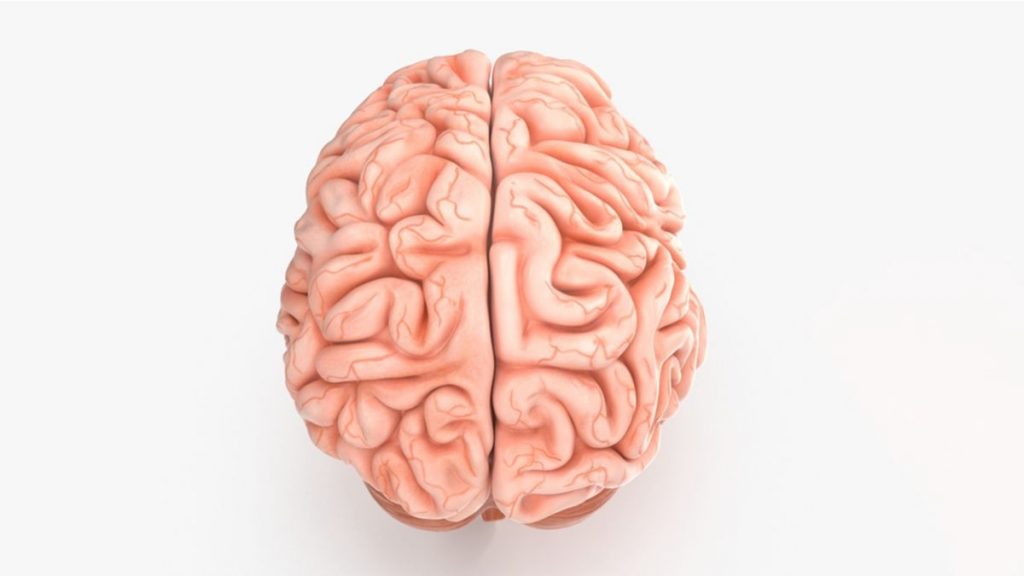The human brain is the most complex object in our entire body since it contains up to 86 billion neurons as well as several hundred thousand kilometers of axonal fibers that connect them. Besides, it is the process of folding of the brain that results in the characteristic bumps and grooves of the brain and this is what makes it even more complex. Until now, this mechanism remains poorly understood by scientists. But the latter are still striving to study this process in order to help their colleagues better understand disorders related to brain development such asepilepsy and the smoothencephaly.
How are the folds of our brain formed?
The human brain is made up of two layers, the outer layer or the Cerebral cortex and the inner layer or myelinated axons. The outer layer is composed of folded gray matter with small blood vessels and spherical cell bodies accompanied by billions of neurons. As for the inner layer, it is composed of a white substance which mainly constitutes the elongated tails of neurons. These constituents play a very important role in the development and folding of the brain.
Researchers have put forward a theory that the outer layer of the brain is growing at a faster rate than the inner layer. Moreover, they claim that this is due to the proliferation of neurons. In other words, the outer layer couldn’t expand because of the blockage. As a result, it bent and curled inside the inner layer to achieve a stable structure.
Research has also shown that areas with more axons form cerebral ridges and areas with low axon density form valleys. Axons are therefore very important in the development of the brain because the lack of this component can be the cause of autism and schizophrenia.

What causes brain disorders?
Existing brain models provide a necessary explanation of the reasons for malformation in an individual. Besides, the proper functioning of the brain depends on its structure, reports Science Alert. For example, brains with abnormal folds damage an individual’s way of thinking.
On the other hand, brain patterns with a thicker outer layer and with the absence of ridges and valleys can cause Lisencephaly. Individuals with this disease suffer from stunted growth and usually die after 10 years. Others also suffer from polymicrogyria where the outer structure is thinner and results in excess folding. People with this disease have severe neurological disorders, accompanied by seizures and paralysis.
[related_posts_by_tax taxonomies=”post_tag”]
The post Why does our brain have folds and wrinkles? appeared first on Gamingsym.

